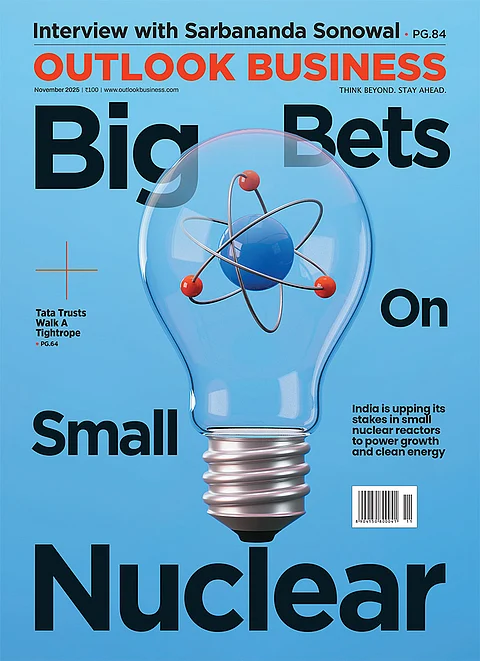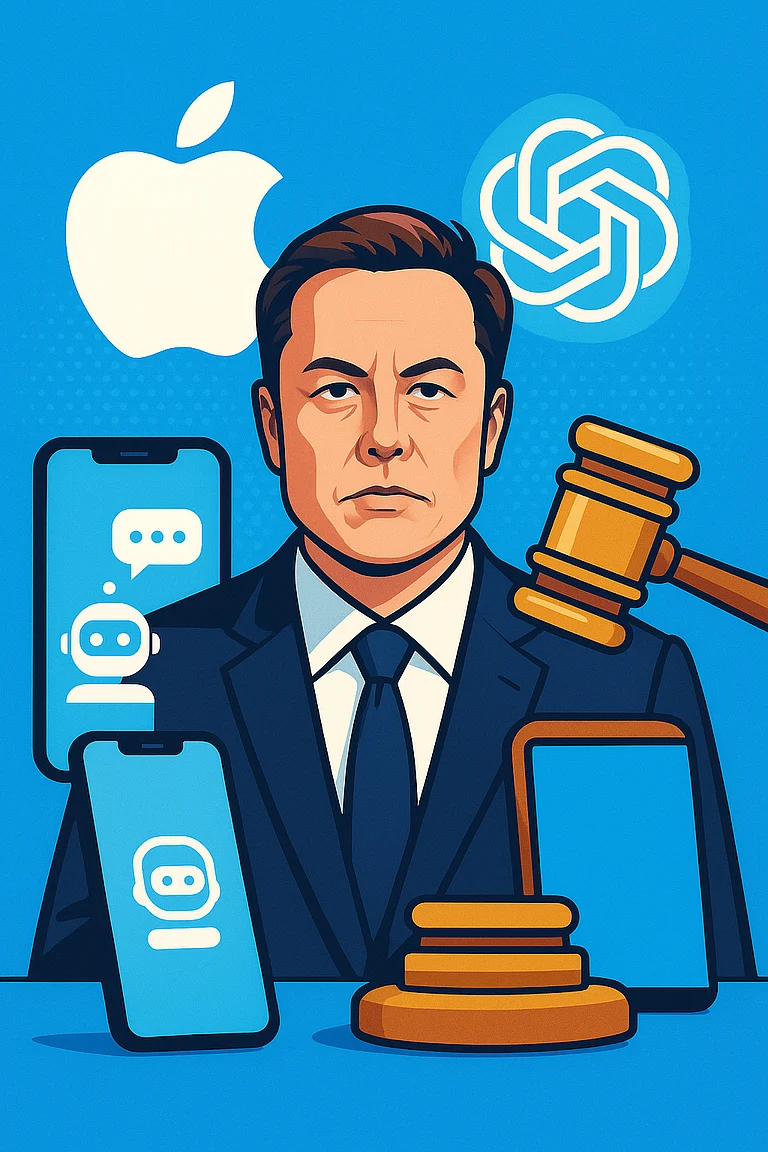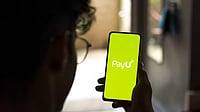
OpenAI is prototyping its first screenless consumer hardware device in collaboration with Jony Ive
The minimalist, pocketable gadget is designed to offer a calmer, discreet way to interact with AI than smartphones
CEO Sam Altman compared the device's potential cultural role to the iPhone's, aiming for an unobtrusive companion
OpenAI has begun showcasing a prototype of its first consumer hardware device, a small, reportedly screenless gadget designed in collaboration with former Apple design chief Jony Ive.
OpenAI chief executive Sam Altman and Jony Ive described the device as intentionally minimal. “When people see it, they say, ‘that’s it?... It’s so simple,’” Altman said. Ive, who joined OpenAI after the company acquired his design studio, has repeatedly emphasised an aesthetic that “teeters on appearing almost naive in its simplicity” while delivering advanced function beneath the surface.
Altman and Ive discussed the project during a conversation with entrepreneur Laurene Powell Jobs at VC firm Emerson Collective’s 9th annual Demo Day in San Francisco.
They characterised the product as offering a calmer, more discreet way to interact with AI than today’s smartphone-dominated experience. The start-up leaders say the device is intentionally understated and could reach the market in about two years.
The team prefers to describe the product’s “vibe”, a calm, unobtrusive companion rather than another glowing rectangle competing for attention.
Screenless, Pocketable & Designed to Reduce Noise
A TechCunch report describes the unit as pocket-sized and “screenless,” built to surface only the most relevant information at the right time.
Altman framed the device as an antidote to the overload of notifications and interruptions endemic to modern smartphones, saying he wants the product to feel “like sitting in the most beautiful cabin by a lake,” not like walking through Times Square. The goal, he said, is an assistant people can trust over time and that has deep contextual awareness of their lives.
Prototype Progress
OpenAI has acknowledged the project faces engineering challenges. Executives say prototypes exist and the company has iterated on multiple designs, but public reporting has noted that the hardware has encountered technical hurdles during development.
Ive told audiences the team is targeting a market-ready product within two years, a timeline that leaves room for further design and safety work, according to people familiar with complex consumer-device launches.
Comparison with Apple’s iPhone
The partnership with Ive follows OpenAI’s high-profile acquisition of his design firm earlier this year and represents a deliberate move to pair frontier AI models with industrial design expertise.
Altman has compared the device’s potential cultural role to the iPhone, calling Apple’s handset “the crowning achievement of consumer products,” while arguing that the next wave of consumer AI requires a different form factor and interaction model.
Why is OpenAI Building Hardware?
For OpenAI, a physical device would extend the company’s influence beyond screens and into new daily touchpoints. The strategy mirrors a broader trend among AI firms exploring bespoke devices to showcase model strengths and to create recurring revenue streams outside cloud APIs and subscriptions.
Both Altman and Ive have stressed their intent to prioritise user trust, simplicity, and contextual intelligence. Altman described the device as a long-term helper that must know when to act and when to remain silent. Ive emphasised a tactile, inviting design that people want to pick up and use “almost carelessly.”





























